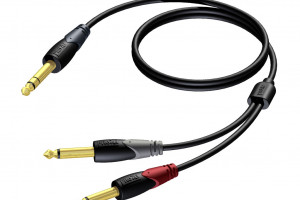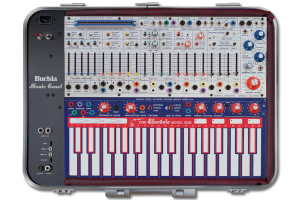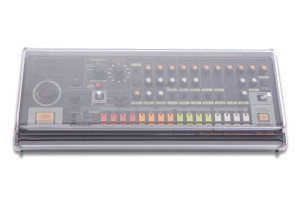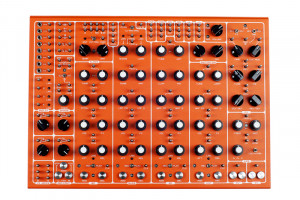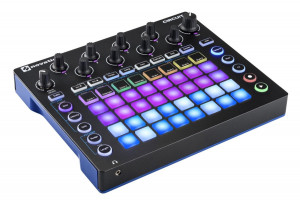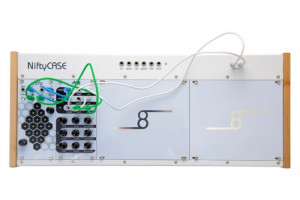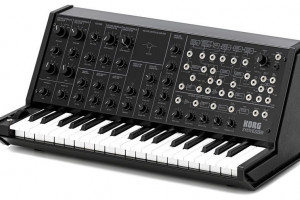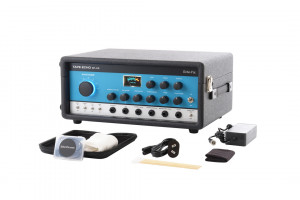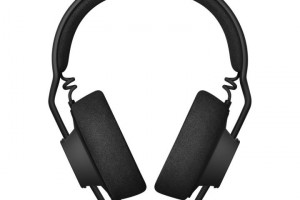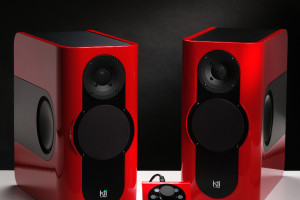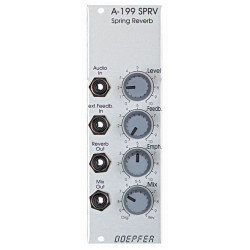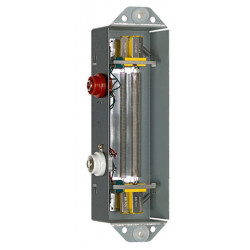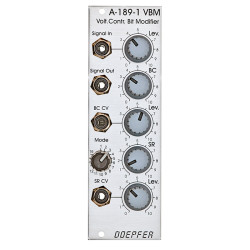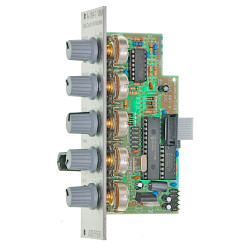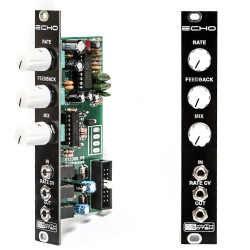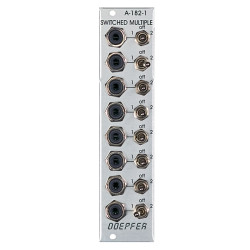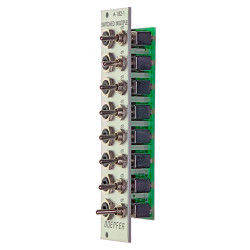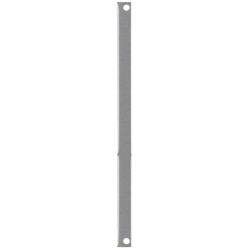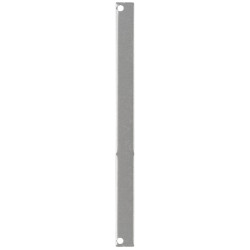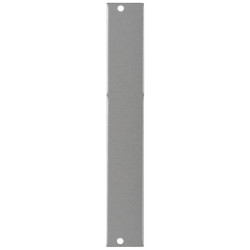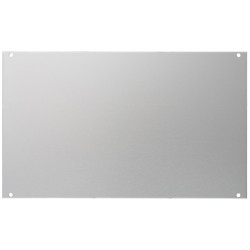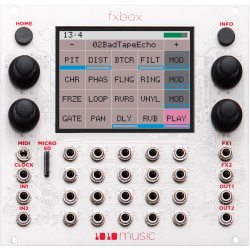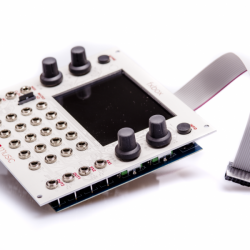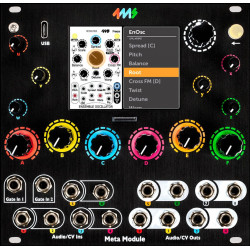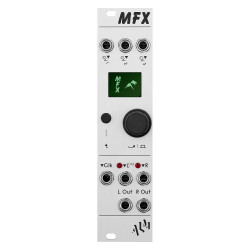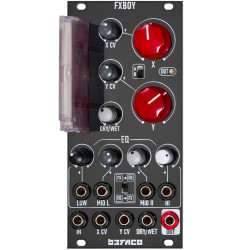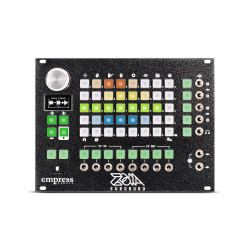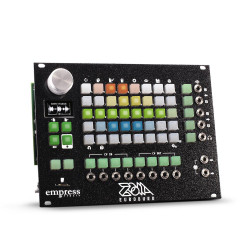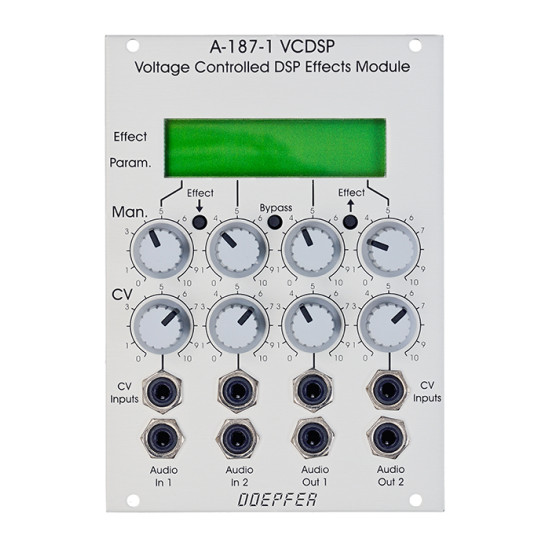
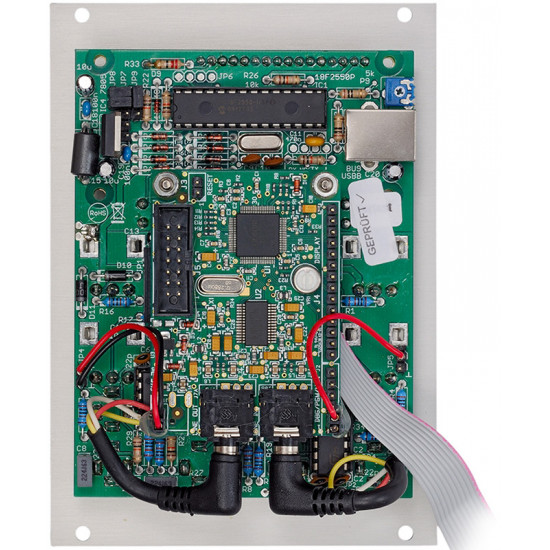


- Stock: In Stock
- Model: DOEPFER-A-187-1
More from this brand
Module A-187-1 is a DSP based effects module. Four parameters of the selected digital effect are voltage controlled. The main effect (e.g. reverb, delay, pitch-shifter, equalizer) is selected by the two small buttons effect up/down. The upper row of the display shows the effect that is currently selected.In the lower row the four parameters are shown as well as a small bar left from the abbreviation that displays the current parameter value. Each parameter can be adjusted manually (upper potentiometer row) and modified by external control voltages (lower row of the potentiometers and upper row of the sockets). The lower row of the sockets containes the two audio inputs and outputs. A ready made DSP board is used inside the A-187-1 module. Consequently only these effects and parameters are available that are supported by the DSP module. Some parameters can be changed only in steps or with audible artefacts. The DSP board has 20 Bit DA and AD converter with 32 kHz sample rate available. The inter sound processing uses 24 Bit. Some audio examples can be found below. Notes for customers who already rown an A-187-1 module:
| ||||||||||||||||||||||||||||||||||||||||||||||||||||||||||||||||||
| Table of available effects: | ||||||||||||||||||||||||||||||||||||||||||||||||||||||||||||||||||
| ||||||||||||||||||||||||||||||||||||||||||||||||||||||||||||||||||
remarks/technical datas:
(*) possible artefacts - audibility depends highly on input signal and the other parameters | ||||||||||||||||||||||||||||||||||||||||||||||||||||||||||||||||||
| Audio examples from our customers: http://soundcloud.com/qu-one/doepfer-a-187-first-10-minutes http://soundcloud.com/madrayken/a-187-rhythm http://soundcloud.com/madrayken/a-102-vcs (A-102 and A-187-1) | ||||||||||||||||||||||||||||||||||||||||||||||||||||||||||||||||||
| Audio examples: A187_1_reverb_01.mp3 A187_1_delay_01.mp3 A187_1_pitch_shift_01.mp3 ( A187_1_flanger_01.mp3 A187_1_flanger_02.mp3 A187_1_special_01.mp3 (effect no. 16) | ||||||||||||||||||||||||||||||||||||||||||||||||||||||||||||||||||
Breite/Width: 18 TE / 18 HP / 91,3 mm | ||||||||||||||||||||||||||||||||||||||||||||||||||||||||||||||||||
-285x169.png)
